The comet or asteroid hit near Jupiter's South Pole. The color inset shows the area magnified; the impact site is the irregular black patch below the white oval of a storm.
Click on image for full size
Images courtesy of NASA, ESA, and H. Hammel (Space Science Institute, Boulder, Colo.), and the Jupiter Impact Team.
Impact on Jupiter - July 2009
On the night of July 19, 2009, Anthony Wesley noticed a dark splotch on Jupiter that hadn't been there before. Wesley, an amateur astronomer in Australia, had discovered the remnants of a huge impact on Jupiter. A comet or asteroid had collided with the giant planet, leaving a dark "scar" in Jupiter's atmosphere where it had exploded.
Since nobody saw the object that hit Jupiter before the collision, scientists aren't sure whether it was a comet or an asteroid. Astronomers estimate that the object was a few hundred meters across. The impactor exploded in Jupiter's upper atmosphere, creating a cloud of debris about the size of Mars. The explosion left a dark smear, which is about as large as the Pacific Ocean, in Jupiter's atmosphere near the planet's South Pole.
This is the second time in recent decades that Jupiter has been struck by large objects. In July 1994 several fragments of Comet Shoemaker-Levy 9 crashed into the gas giant as astronomers looked on. Scientists had predicted that collision and were thoroughly prepared to view it. The more recent event caught astronomers by surprise, but thanks to the sharp eyes of one amateur observer the world was alerted shortly after the impact... and powerful telescopes including Hubble and Keck were able to capture images of the aftermath.
You might also be interested in:
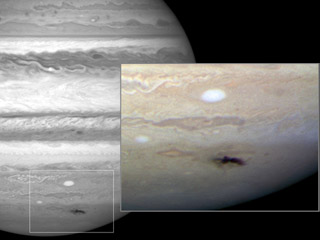
On the night of July 19, 2009, Anthony Wesley noticed a dark splotch on Jupiter that hadn't been there before. Wesley, an amateur astronomer in Australia, had discovered the remnants of a huge impact on
...more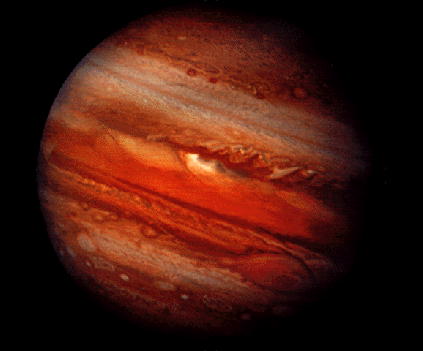
Jupiter is the largest planet in our solar system. It is also one of the brighter objects in the night sky. No one knows for sure who discovered Jupiter, but we know the ancient Greeks named him after
...more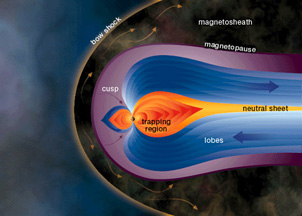
Jupiter's magnetosphere is a unique object in the solar system. It is the biggest object in the entire solar system. Not only is it big enough to contain all of Jupiter's moons, but the sun itself could
...more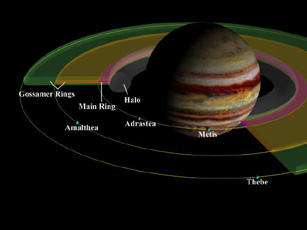
Jupiter has a series of rings circling it! Unlike Saturn's rings, which are clearly visible from Earth even through small telescopes, Jupiter's rings are very difficult to see. So difficult, in fact, that
...more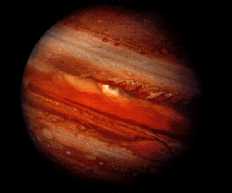
Atmospheres of the giant planets have definetely evolved from their formation out of the primitive solar nebula. How much they have evolved remains to be seen, however. Because of their enormous gravity,
...more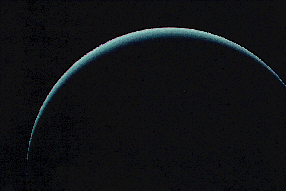
The mesosphere of Jupiter is a region of balance between warming and cooling. That essentially means that nothing happens there. Except for diffusion, the atmosphere is still. Upper reaches of the atmosphere,
...more
As on Earth, the atmosphere of Jupiter consists of a troposphere, stratosphere, mesosphere, and thermosphere. The troposphere is the region where the visible clouds are to be found. The stratosphere, as
...more














